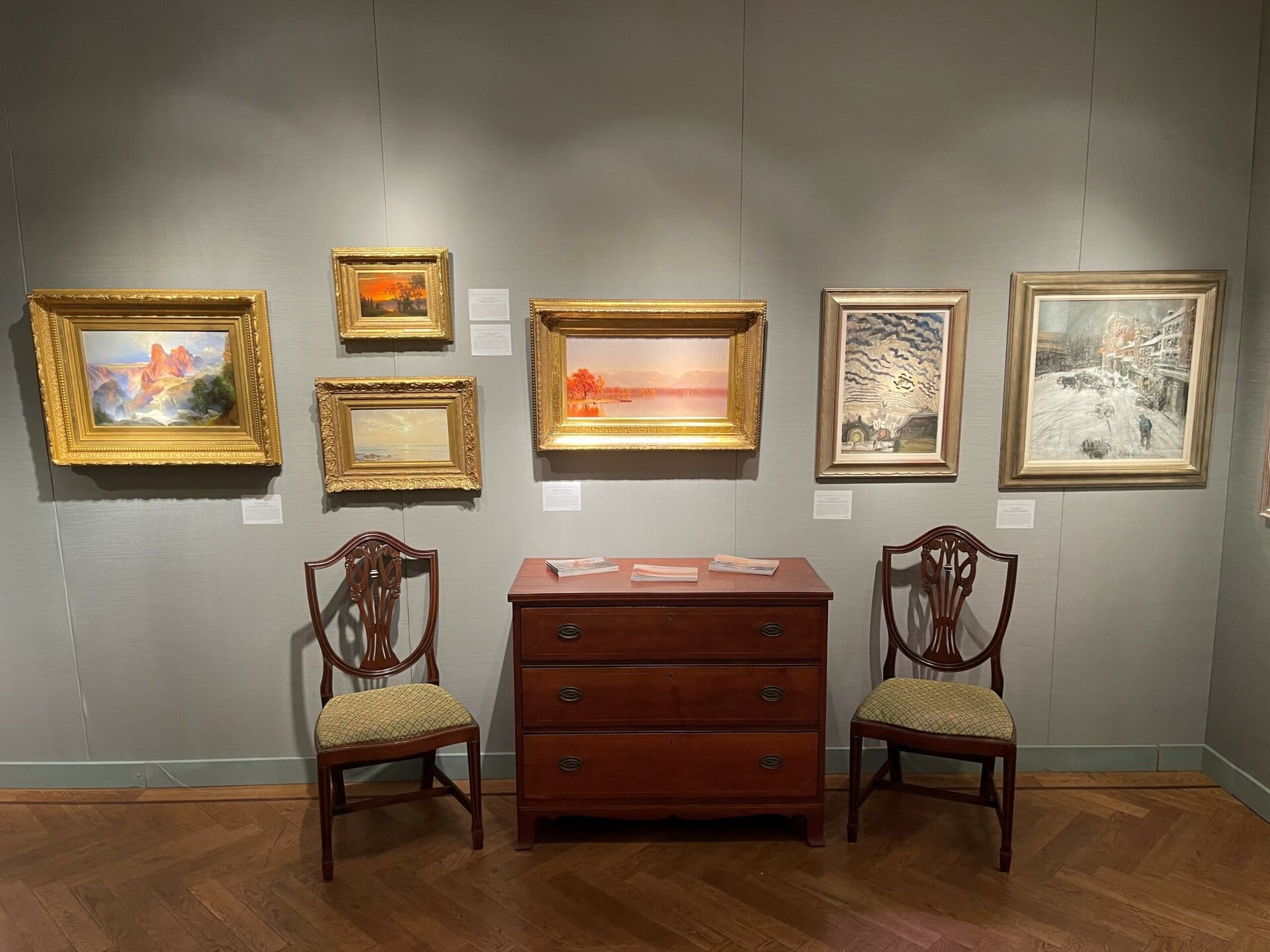Born on this day: Edward Hopper
Born on this day in 1882, Edward Hopper became America’s foremost modernist painter. As a poet of quotidian scenes, he is known as one of the twentieth century’s most admired realist painters, as well as one of the greatest American scene painters, whose works are still considered icons of modern art. His portrayal of American landscapes, urban streets, and vernacular American architecture have inspired some of our most influential contemporary filmmakers, photographers, and writers.
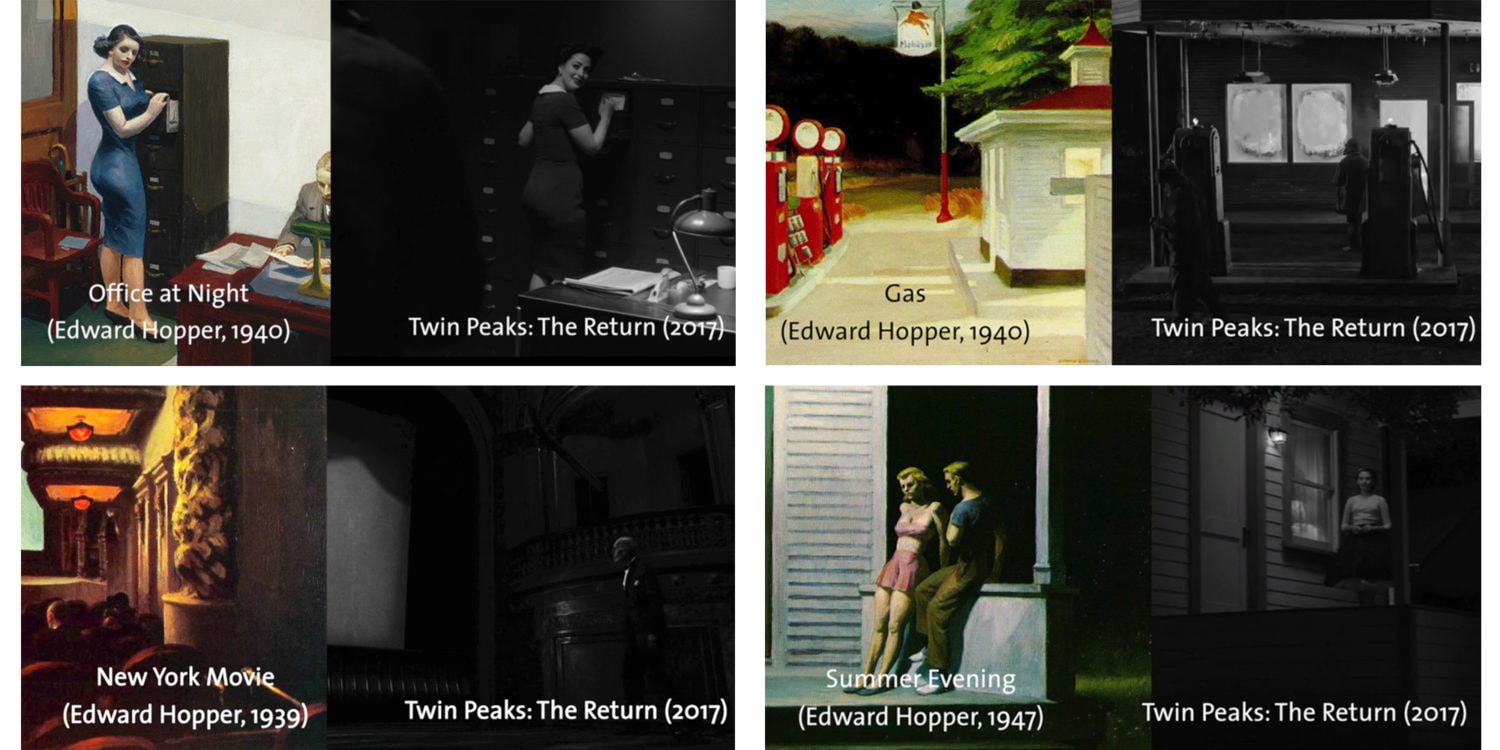
American director, screenwriter, and producer David Lynch puts immense care into every image he creates. Considered by some to be the first popular surrealist, Lynch approaches film as an experience. His visual style is influenced by the work of many painters, such as surrealist René Magritte, figurative artist Francis Bacon, and realist Edward Hopper. The buzz surrounding the 90s cult classic Twin Peaks has been reignited with the 2017 release of season three, The Return, where Lynch had unprecedented freedom to create his world. In the extraordinary episode 8, set in the 1940s, several scenes show the direct influence of Hopper’s paintings.
Another that brings Hopper’s works to life is, Shirley: Visions of Reality (2013), by Gustav Deutsch. It uses thirteen of Hopper’s paintings, to tell the story of a woman whose thoughts, emotions and contemplation let us observe American from the 1930s to early 1960s.

While filmmakers have clearly flocked to Hopper, fashion photography has sourced its share of influence from the artist as well. Photographer Camilla Åkrans took inspiration from Hopper’s moody, and atmospheric effects for this Vogue Germany shoot. Typical of Hopper’s paintings, Åkrans’s model is isolated and bathed in bright sunlight offset by dark shadows. Similarly, the Toronto-based contemporary artist, Peter Harris, emulates Hopper’s technique in his new series of paintings, Evening with Hopper. Inspired by the urban scenery of Hopper’s work, Harris depicts the interior spaces of modern architecture in order to create a new context in which to evaluate Hopper’s iconic paintings, and to start a discussion on the continuing power and relevance of urban painting to a contemporary audience.
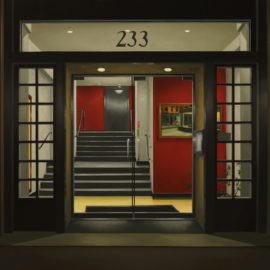
28 x 36 inches
Edward Hopper is surely the greatest American narrative painter. His work bears special resonance for writers and readers, and yet his paintings never tell a story so much as they invite viewers to find for themselves the untold stories within. — Lawrence Block [1]
Not only visual artists have sought to emulate Hopper. American crime writer and editor, Lawrence Block, invited seventeen outstanding writers to join him in an unprecedented anthology: In Sunlight or In Shadow: Stories Inspired by the Paintings of Edward Hopper. The appropriately titled result is a diverse collection of short stories that were all inspired by the paintings of the American master. Featured authors include Stephen King, Joyce Carol Oates, Robert Butler, Michael Connelly, Megan Abbott, and Lee Child. When Block first presented the idea of publishing an anthology of stories inspired by Hopper’s paintings to his dream list of contributors, almost all of them agreed to participate. In the introduction Block writes, “His paintings don’t tell stories. What they do is suggest—powerfully, irresistibly—that there are stories within them, waiting to be told.”
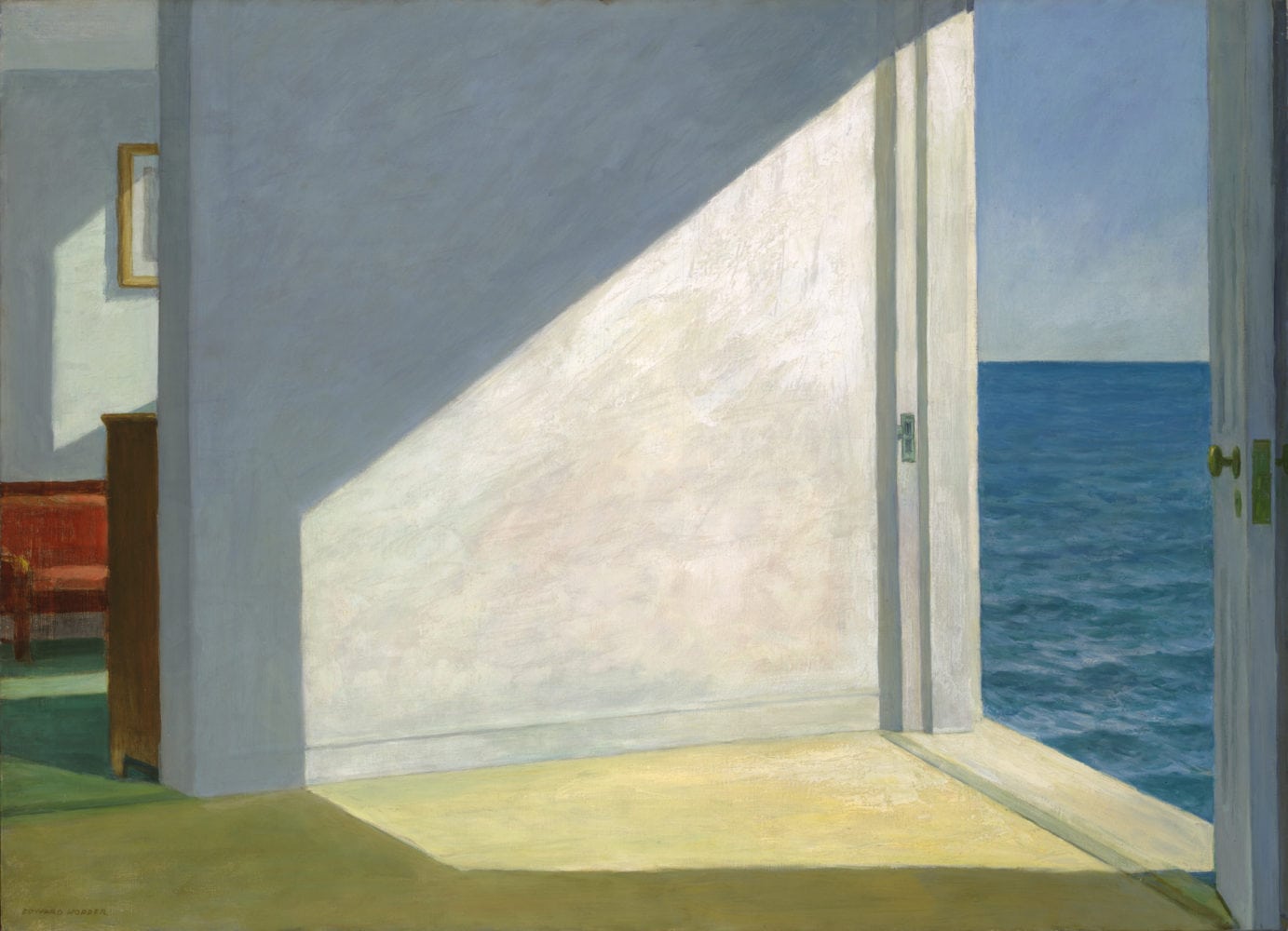
Echoing Block’s sentiment, some of the stories in the diverse anthology imagine narrative for Hopper’s scenes, while others strive to capture emotion or tone. Rooms by the Sea, by Nicholas Christopher inspired by Hopper’s painting of the same title, tells the story of a house that acquires new rooms without human assistance. The characters that have inhabited the house occur with their own mysteries, but as the protagonist begins to uncover their secrets, the house becomes a more troubling maze.
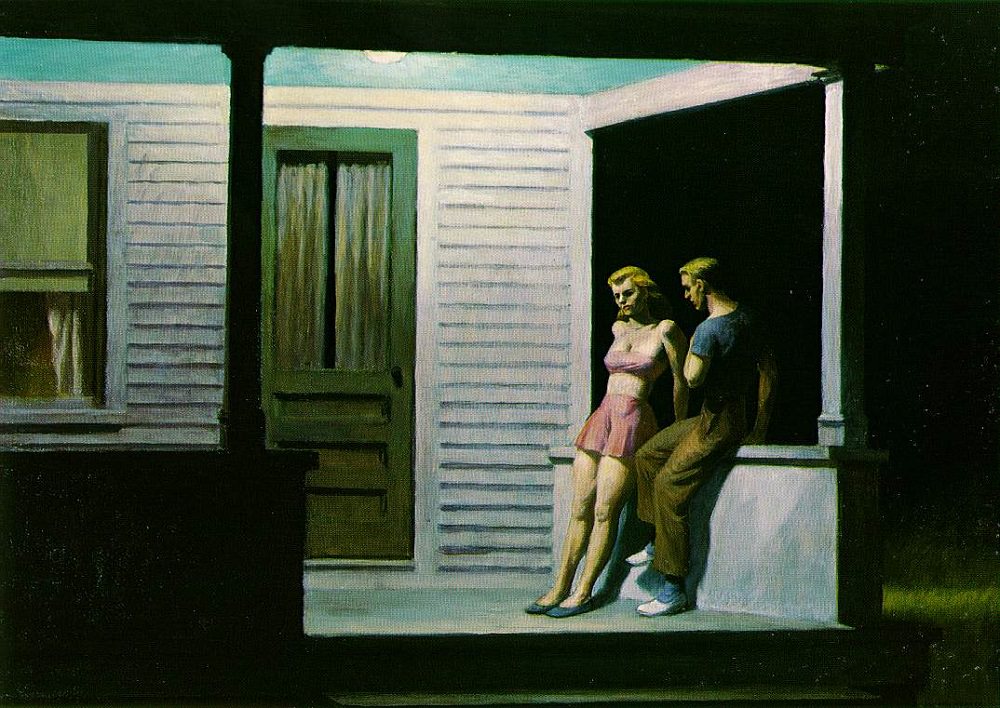
Jill D. Block takes a more narrative approach to Hopper’s Summer Evening. In The Story of Caroline, Block imagines a preface to a moment shared by the young couple depicted in Hopper’s painting. In her short story, the characters react to news of a pregnancy and the story that unfolds chronicles an adopted woman’s decision to find her birth mother by devising a plan to disguise herself as a hospital volunteer.
In the words of the editor and critic Philip Leider, Hopper was “one of the very few artists whose work cuts across all the lines of contention that characterized his times.” Today we celebrate what would have been Edward’s Hopper’s 135th birthday by enjoying the plethora of creative expression he has inspired, which extends well beyond the few examples given here.
1. Lawrence Block, ed., Sunlight or In Shadow: Stories Inspired by the Paintings of Edward Hopper (New York: Pegasus Books, 2016), cover, inside flap.



